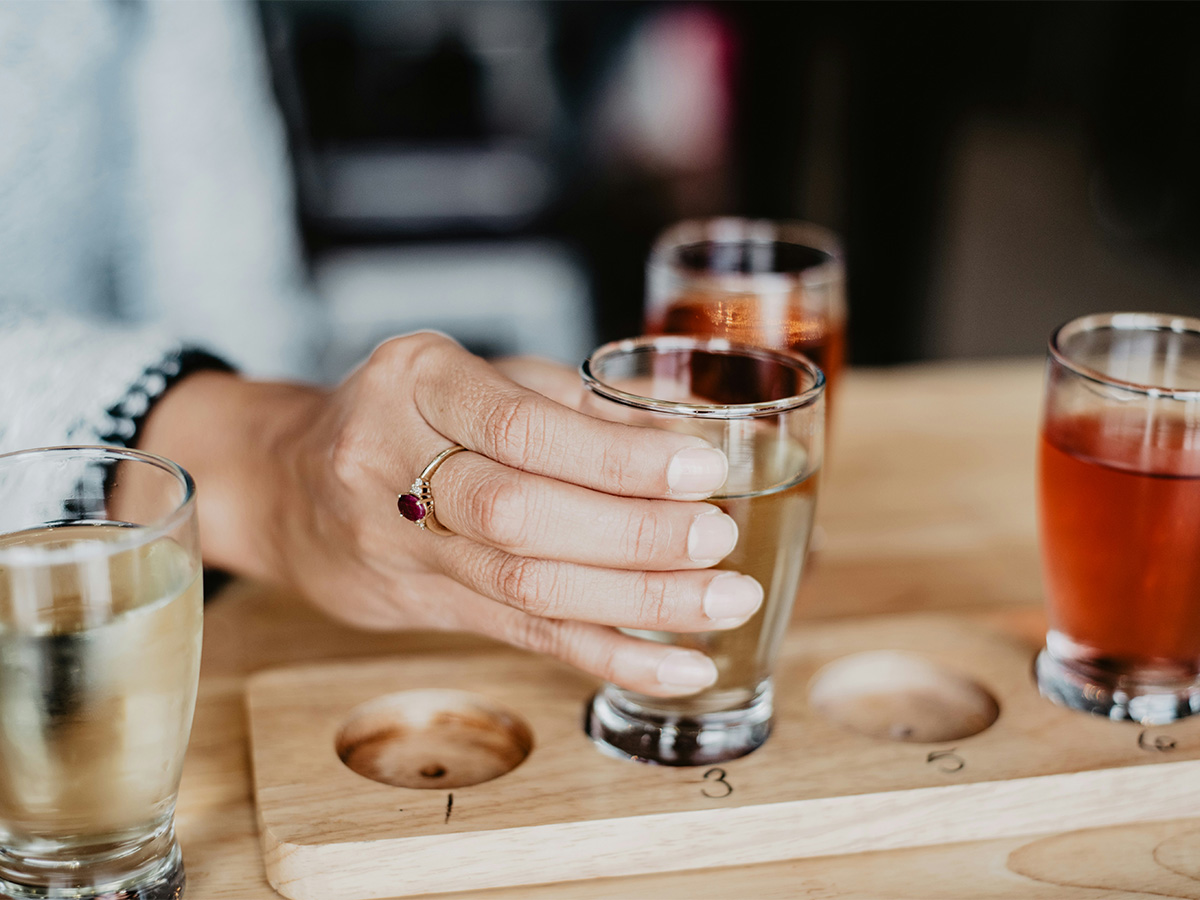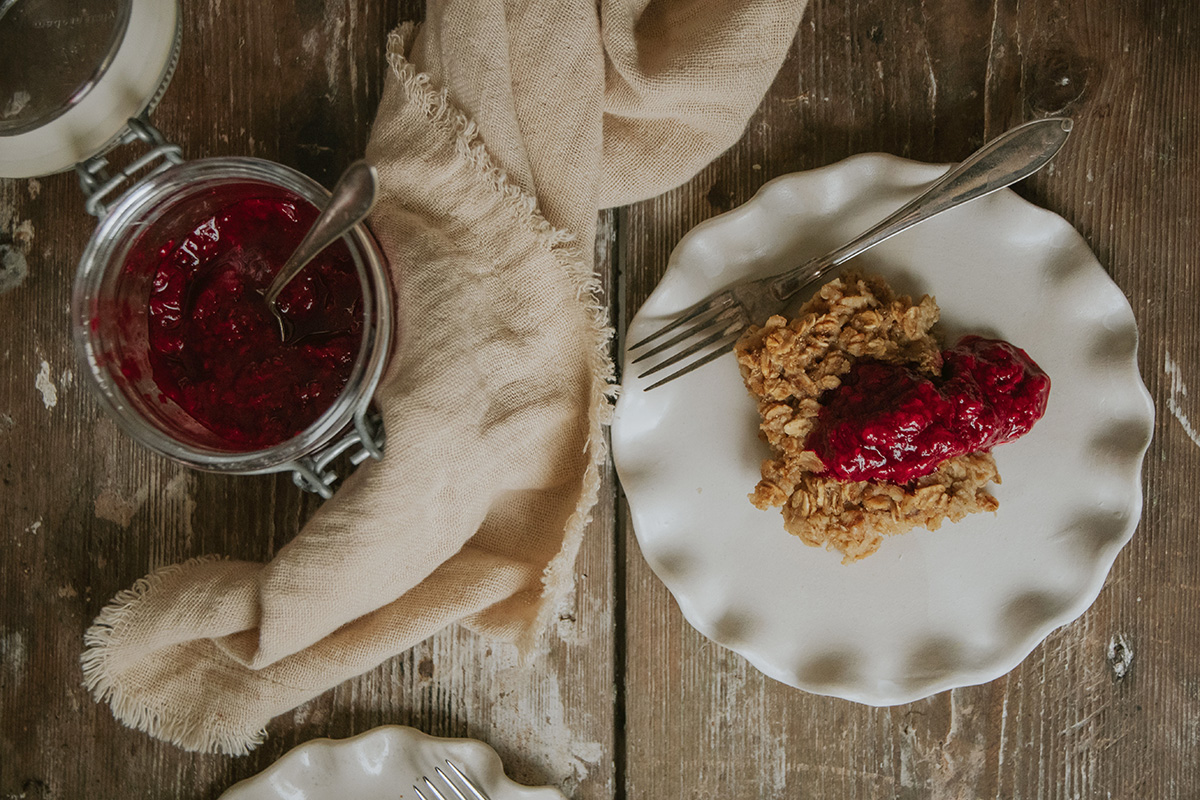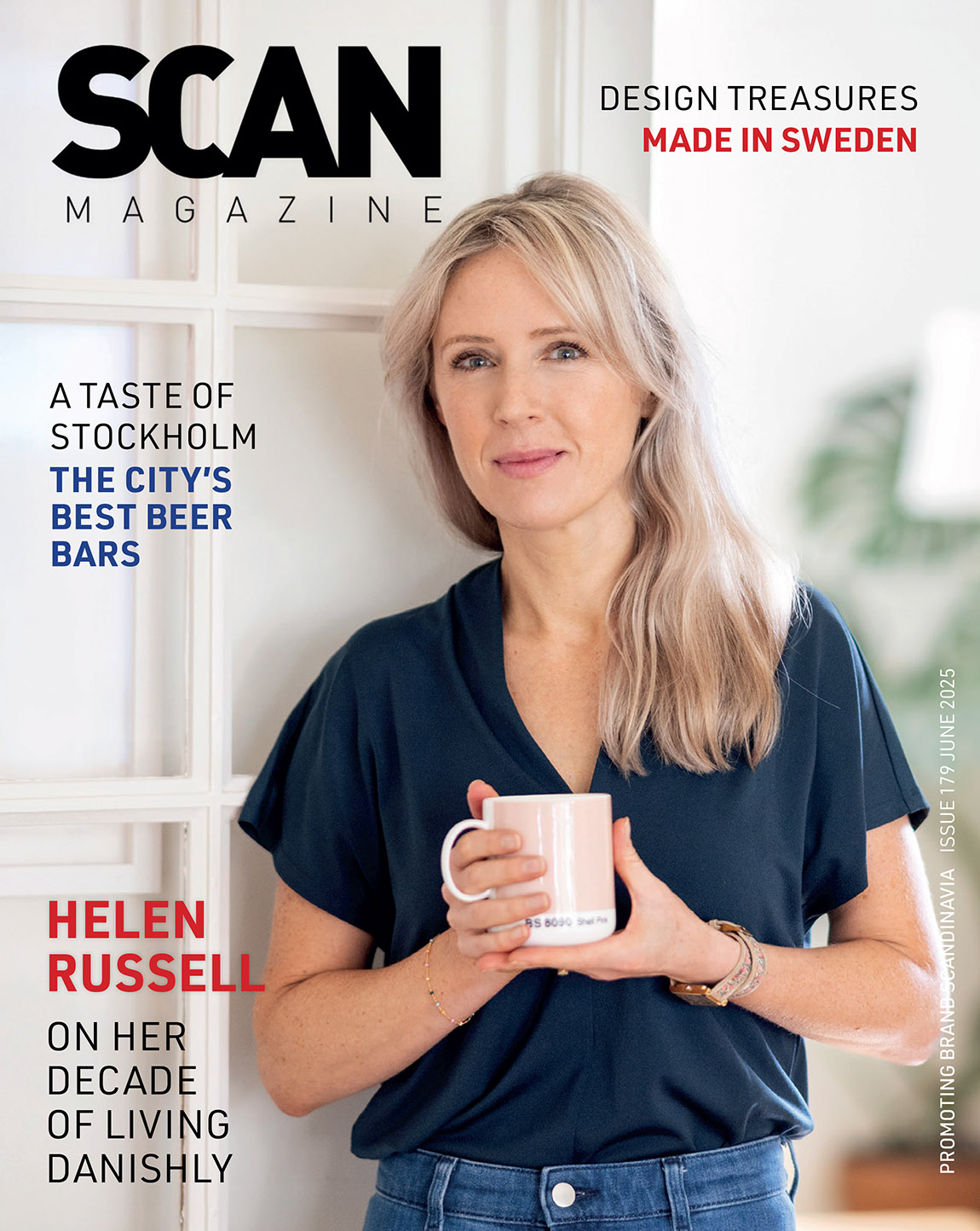A journey in cider, from sweet to dry and finally craft
By Malin Norman

Photo: Unsplash
Growing up in Sweden, my introduction to cider was thanks to the two leading manufacturers at that time, Kopparberg and Rekorderlig. Many apple ciders and pear ciders were consumed at house parties, music festivals and camping trips. I remember flavours such as strawberry, elderflower and rhubarb coming later on and they had to be tried too, of course.
When I some years later studied in Brighton in the UK, I was introduced to the British pub culture – what an exciting new world! If I didn’t order a pint of Guinness, I usually went for a pint of Strongbow dry cider. Sometimes with a splash of blackcurrant cordial, which I believe is called Cider & Black. Ah, this brings back memories.
As I eventually discovered the joys of craft beer, I forgot all about cider. It was only when I went to Asturias in northern Spain some years ago that I re-discovered the beverage, or sidra as it’s called there. This is completely different from the sweet Swedish ciders and the crisp, refreshing British ciders. Sidra is more intense, musty and tart.
In Asturias, sidra is much more than a drink though, it’s a deep-rooted tradition and part of the culture. You always share it with others, before the pandemic it was even the same glass being passed around. And it’s poured by waiters who lift the bottle high above their heads and then pour it into the glass, which they hold by their hips. This aerates the cider and unlocks the flavours. I have such admiration for the Asturian cider makers and the proud waiters who pour it (without splashing).
This issue of the magazine features cider makers in Norway and makes me want to explore the craftsmanship and the many award-winning ciders in the Hardanger region. Perhaps this will be the next step in my cider journey, to figure out what is real cider?

Subscribe to Our Newsletter
Receive our monthly newsletter by email






